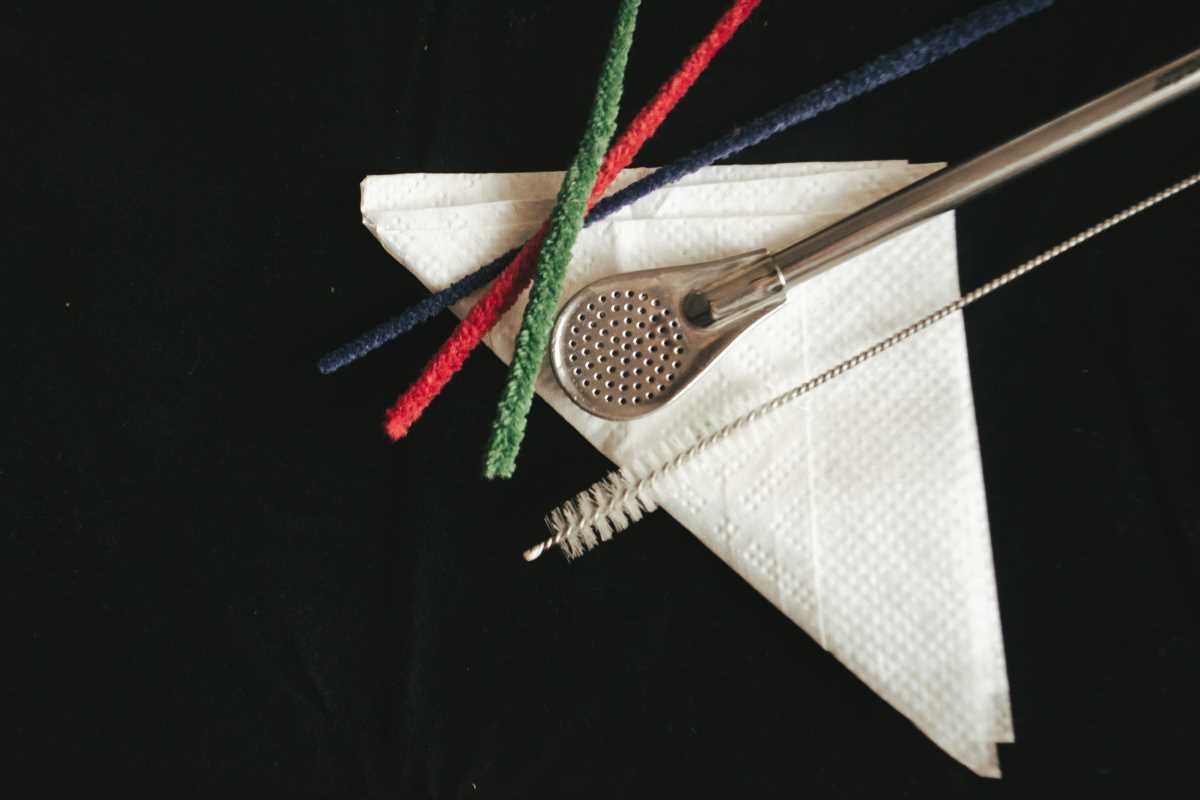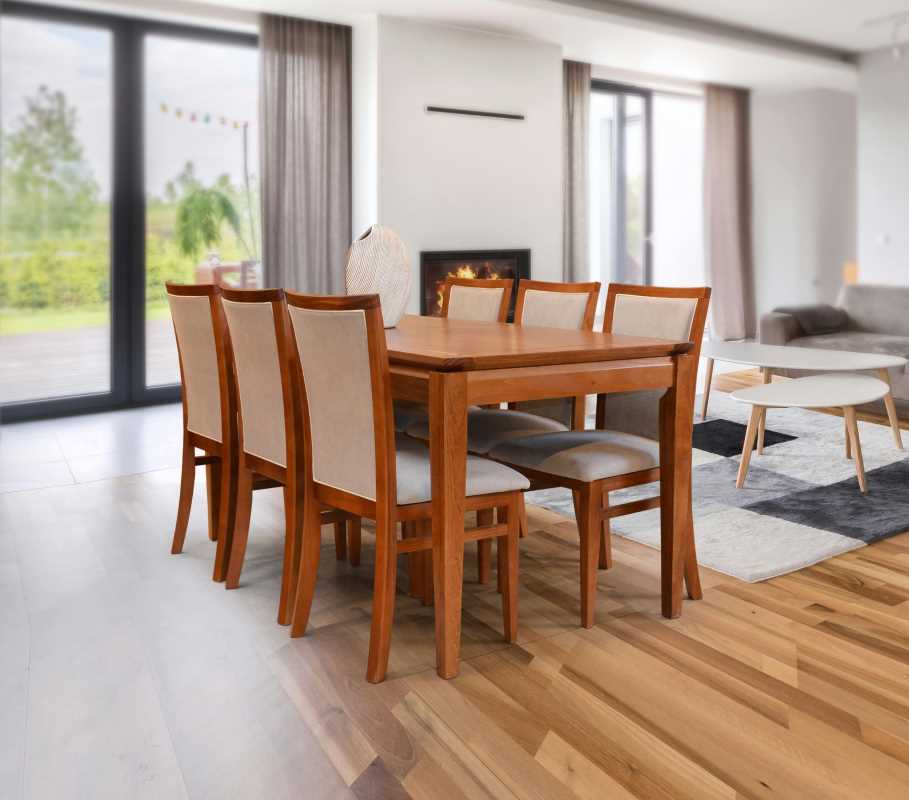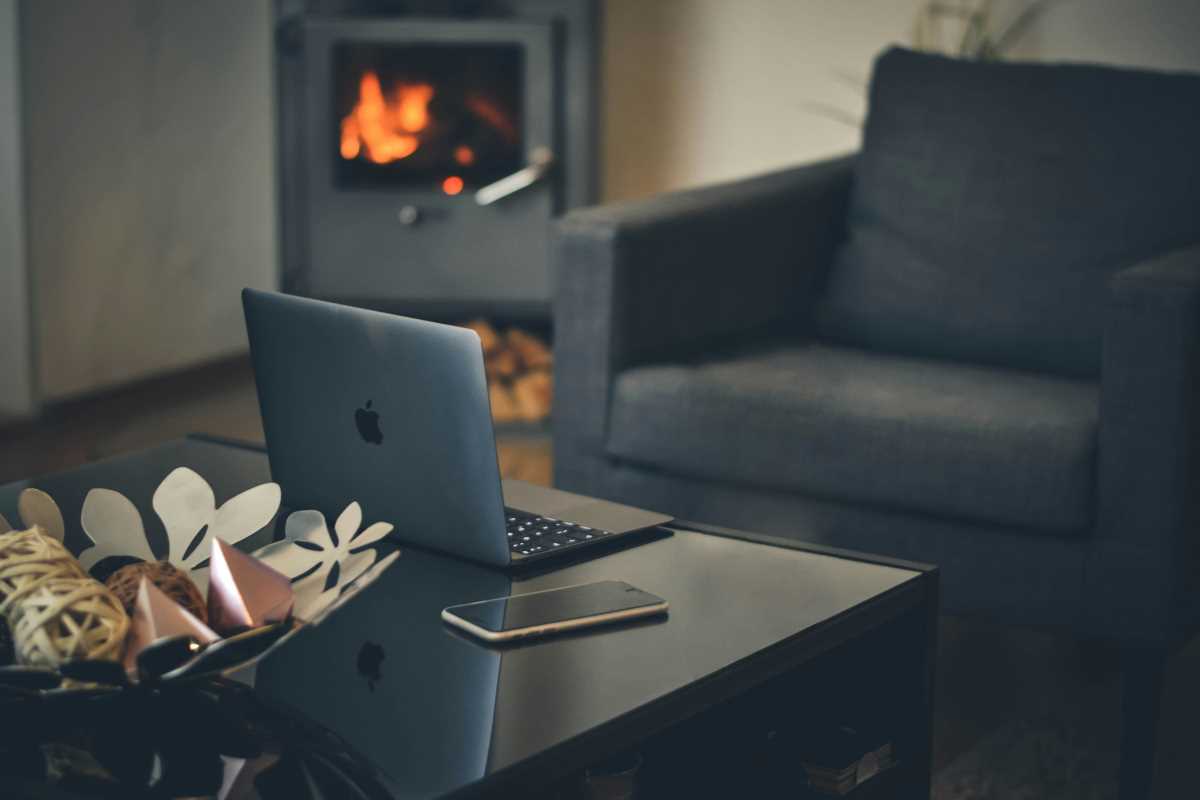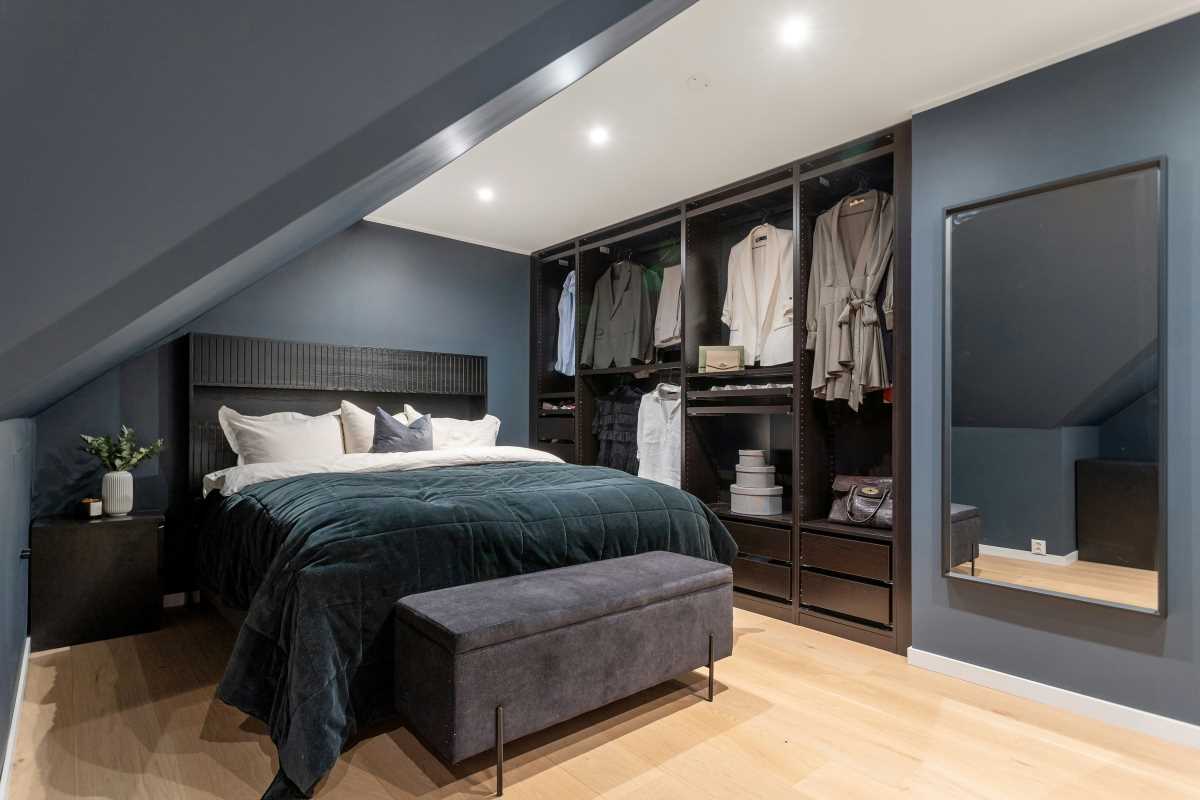Family life is beautiful, chaotic, and often, incredibly messy. From the moment kids enter the picture, it seems like your home is overtaken by a tidal wave of stuff: toys, art supplies, tiny shoes, sports equipment, and an endless stream of school papers. Trying to maintain a sense of order can feel like a losing battle, a constant cycle of tidying up only to have everything descend back into chaos moments later. It’s easy to feel overwhelmed and dream of a minimalist, clutter-free existence that seems utterly impossible.
But creating an organized, functional home isn’t about achieving sterile perfection; it’s about creating smart, sustainable systems that work with your family's lifestyle, not against it. The best storage solutions are not about hiding everything away but about creating designated, accessible homes for all your belongings. When everything has a place, it’s easier for everyone, even the little ones, to help maintain order. It’s about reducing stress, saving time, and creating a more peaceful environment where your family can relax and connect, without tripping over a stray Lego.
Embrace Vertical and Hidden Spaces
In a busy family home, floor space is prime real estate. One of the most effective strategies for reclaiming it is to think vertically. Walls offer a vast, untapped potential for storage that can get items off the floor and into organized systems. Tall, narrow bookcases or modular shelving units can hold everything from books and board games to bins of toys. Installing floating shelves in a playroom or bedroom can provide a perfect perch for displaying treasured creations, stuffed animals, or collections, keeping them visible but out of the underfoot chaos.
Don’t forget to look for hidden storage opportunities as well. The space under beds is a goldmine for storing out-of-season clothing, extra bedding, or rarely used toys. Use rolling under-bed bins or zippered bags to keep things dust-free and easy to access. Ottomans with hidden storage compartments are a living room’s best friend, providing a place to quickly stash blankets, remote controls, or video game accessories before guests arrive. By maximizing these vertical and hidden spaces, you can dramatically increase your storage capacity without sacrificing a single square foot of living area.
Create a Functional Entryway Command Center
The entryway is often the epicenter of family clutter. It’s the dumping ground for backpacks, shoes, coats, mail, and keys, quickly becoming a chaotic bottleneck that sets a stressful tone for the whole house. Transforming this area into a functional command center is a game-changer for family organization. The goal is to create a specific spot for every item that comes in and out of the house, stopping clutter at the door.
A great command center includes a few key elements. Install a row of sturdy hooks, one for each family member, for coats and backpacks. A simple shoe tray or a low bench with built-in cubbies can corral the mountain of footwear. Above the hooks, consider installing a wall-mounted organizer that includes a small whiteboard for reminders, a calendar for tracking schedules, and folders for incoming mail and important school papers. This system not only keeps the entryway tidy but also streamlines your family's daily routines, making hectic mornings a little bit smoother.
The Magic of Bins, Baskets, and Labels
When it comes to kid-related clutter, bins and baskets are your most valuable allies. They are the workhorses of family organization, capable of corralling everything from tiny building blocks to bulky sports gear. The key to making them effective is to choose the right type and to use them strategically. Open bins and baskets are perfect for toys that are used frequently, as they make both cleanup and access quick and easy for little hands. Clear plastic bins are ideal for storing items like art supplies or specific toy sets, as you can see the contents at a glance.
The real magic, however, happens when you add labels. Labeling is a simple step that transforms a random pile of boxes into a coherent, usable system. For pre-readers, picture labels are incredibly effective. A simple drawing or a photo of the contents taped to the front of a bin empowers young children to participate in cleanup by matching the toy to the picture. For older kids and adults, a label maker can create a clean, uniform look. This system teaches kids responsibility and life-long organization skills while making "clean-up time" less of a battle.
Smart Solutions for Toy Overload
Toys have a unique ability to multiply and take over every surface of a home. Taming the toy beast requires a multi-pronged approach that goes beyond simple storage. The first step is to regularly edit the collection. At least twice a year, go through the toys with your children and decide what to keep, what to donate, and what to throw away. This prevents the sheer volume from becoming unmanageable.
Once the collection is curated, a toy rotation system can be a lifesaver. This simple yet brilliant strategy can reduce daily clutter and renew your child's interest in their toys.
- Divide the toys into three or four groups.
- Keep one group of toys out in the main play area in accessible bins.
- Store the other groups away in a closet, the basement, or the garage.
- Every few weeks or once a month, swap out the current toys for a "new" set from storage.
- This system feels like Christmas morning every month. Children are more engaged and creative with a smaller selection of toys, and cleanup becomes significantly faster and less overwhelming for everyone involved.
Establish "Closing Duties" as a Family Routine
Even the best storage systems in the world will fail if they aren’t maintained. The secret to long-term organization is building simple, consistent habits into your family's daily rhythm. One of the most effective ways to do this is to establish a "closing duty" routine each evening. This is a quick, 10-to-15-minute family-wide reset to put the house back in order before bedtime. It’s the household equivalent of a restaurant cleaning up the kitchen at the end of a shift.
Assign everyone a small, age-appropriate task. A toddler can be in charge of putting their stuffed animals back in a basket, an older child can clear their school papers from the kitchen table, and a parent can load the dishwasher. Put on some fun music and tackle the reset as a team. This simple routine prevents the daily mess from compounding, ensures you wake up to a tidier and more peaceful home, and reinforces the idea that keeping the home organized is a shared responsibility, not just one person's job.
.jpeg) (Image via
(Image via





